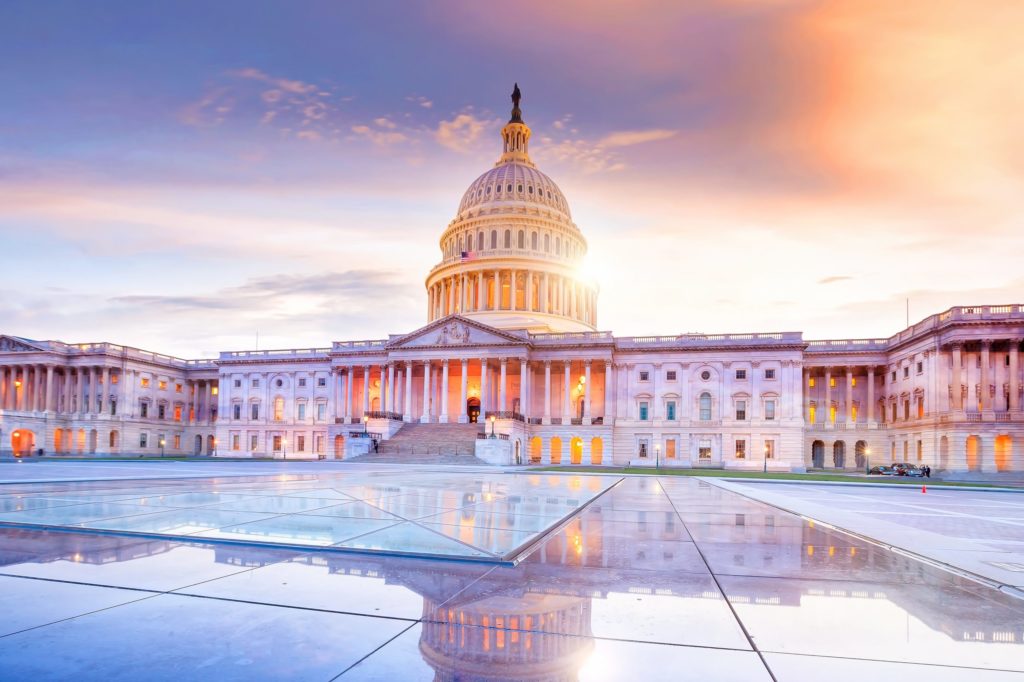Subsidized insurance increases vulnerability to climate change
Texas’ coastline is a source of economic strength and vitality. From oil-and-gas production to shipping to tourism, the region provides billions in economic value to the state. But it is also a source of vulnerability. In 2008, Hurricane Ike flooded 100,000 homes, causing $29 billion in property damage alone, with a total estimated impact of $142 billion.
In addition to rare but damaging storms, the Texas coast faces long-term risks from rising sea levels. Sea levels in Galveston have risen 12.6 inches since 1983, more than any other city in the nation during that period.
These vulnerabilities are expected to grow in the coming decades, due to climate change. According to the Risky Business Project, mean sea levels in Galveston will likely rise another 18 to 24 inches by 2050. Overall, nearly $30 billion in Texas coastal property is likely to be flooded at high tide by 2050.
Higher tides also extend the impact of storm surge and storm-related flooding, which can result in more damage from storms. Risky Business estimates rising sea levels will result in $222 million more annually in storm-related losses by 2030, and nearly $650 million a year in additional loses by 2050. These increases will bring projected storm damage in Texas to nearly $4 billion a year by midcentury.
These estimates are based solely on the effects of higher sea levels, and do not account for any increase in the intensity or frequency of storms that might result from climate change. Increased sea-surface temperatures are projected to provide fuel for more powerful storms over the next century.
Rising seas and more intense storms have the potential to threaten the nation’s oil supply. The Gulf Coast is home to approximately 40 percent of U.S. oil-refining capacity, and 23 percent of it can be found in Texas alone. Oil-and-gas production is particularly vulnerable to storm damage. Hurricanes Katrina and Rita together destroyed 113 offshore oiland-gas platforms and damaged 52 others, as well as 457 oil and gas pipelines.
Texas is not unique in facing increased vulnerability to storms and sea-level rise. Many states along the coast face similar problems. But despite these increased risks, more and more people are moving into the path of the danger. A 2014 investigation by Reuters found that 2.2 million new housing units had been built in coastal areas between 1990 and 2010. As of 2010, 123.3 million people, almost 40 percent of the U.S. population, lived in coastal counties.
Increased development near the coast means increased damage from storms. While total storm damage has risen in recent decades, a report from the Intergovernmental Panel on Climate Change concluded that “[e]conomic growth, including greater concentrations of people and wealth in periled areas and rising insurance penetration, is the most important driver of increasing losses.”
People should, of course, be free to live where they want. However, it cannot be ignored the extent to which government policy at both the state and federal level has encouraged people to live in flood-prone and storm-prone areas. Government subsidies have distorted market signals, leading many into a false sense of security about the risks they face.
Prices convey information, and this is particularly true when it comes to the risk expectations priced into the cost of insurance. All else being equal, higher prices to transfer a given risk through insurance contract indicate expectations that losses will be more frequent and/or more severe. Given economically rational actors, higher prices serve to discourage risky behavior by making it more costly to engage in that behavior.
Government programs to provide insurance at artificially low rates have the opposite effect. Artificially low rates provide signals that living in a specific location involves less risk than it actually does, leading more people to live and move to vulnerable areas.
It should be noted that calling insurance rates artificially “low” does not mean that the rates will appear to be “low” consumers or that they necessarily will be lower those in other, less disaster-prone areas. Indeed, even given the prevalence of subsidized coverage offered by governmental or quasi-governmental insurance pools and explicit price controls imposed by regulators on private coverage, coastal rates for wind and storm insurance often are quite high, relative to rates paid by inland residents. This situation is one of the chief arguments deployed by advocates of having the government step in to provide “affordable” insurance. However, the reality is that even those relatively high rates often are insufficient to reflect a given coastal property’s expected risk.
While there are multiple examples of government encouraging development in disaster-prone areas, this policy short focuses on just two: 1) the federal National Flood Insurance Program, which provides artificially low rate flood insurance and 2) the state-based Texas Windstorm Insurance Association, which provides artificially low windstorm insurance along the Texas coast.









